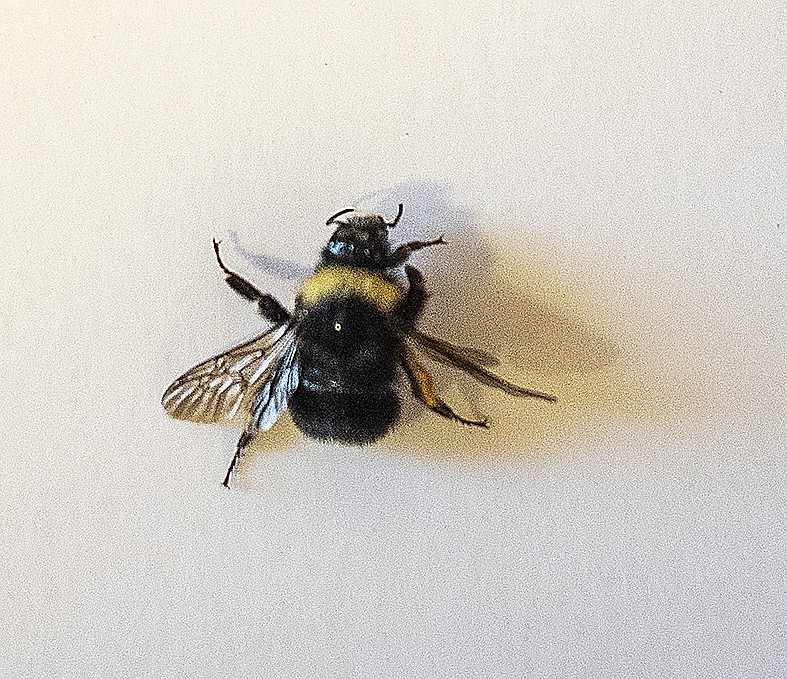Scientists finding drop in bumblebee numbers
Visit a patch of flowers in Northwest Montana and you should see bees — lots and lots of bumblebees. The bees are critical to pollinating not just flowers, but most many food sources for both humans and animals, including the coveted wild huckleberry — a key food source for bears and a key ingredient in local desserts.
But scientists have noted an alarming drop in one bumblebee species. Based on a compilation of data, the occupancy of the western bumblebee in surveys done nationwide from 1999 to 2018 has dropped a whopping 93 percent, according to U.S. Geological Survey scientists Tabitha Graves and Will Janousek.
The team has been working with other scientists to crunch numbers from surveys done over the past two decades on the western bumblebee.
In Montana the drop hasn’t been quite so high — about 70 percent — but that’s still very stark. It’s estimated that 70 to 80 percent of all crops are pollinated by animals, and most of them are insects, including bumblebees.
In a place like Glacier National Park, where there are few, if any honeybees, bumblebee species do an awful lot of pollinating, including the above-mentioned huckleberry.
Scientists aren’t sure exactly why the western bumblebee is in decline, some studies point to pesticides, diseases spread by commercial bumblebee operations that spread to wild bees, monoculture agriculture, invasive plants and climate change, Graves noted.
The western bumblebee has a huge range, stretching from Alaska down the coast including the Northwest states, stretching as far east as Nebraska. The USGS is currently beginning a species status assessment of the bees, the precursor to possible listing on the Endangered Species List.
That assessment is expected to take at least a couple of years, as scientists and volunteers gather more data in the coming years.
Locally, Graves, who is headquartered in Glacier National Park, said teams have been doing surveys in Glacier, particularly east of the divide.
Bees are most easily surveyed in midsummer, when blooms are plentiful and bumblebee numbers are at their highest. By then the queen has raised a brood of young worker bee females and then later, she’ll produce more females and males, to start the cycle over again. The new males and females mate and the old queen eventually dies. New fertile bumblebee queens then hibernate alone in nests underground during the winter.
Graves said more surveying needs to be done over the course of the next couple of years. Some states, like Nevada for example, have big gaps in the survey data.
People can help with surveys through the Xerces Society of Invertebrate Conservation. The society hosts community science projects, including bee surveys. The USGS will be using data gathered from Xerces as well as its own team of field scientists to determine the full scope of the western bumblebee decline.
The Xerces website has convenient ways for people to identify bees by uploading photos that are later vetted by a bee expert on its staff.
Learn more at Xerces.org.
There are also things people can do in their own yards. One is to plant flowers and have a “messy” place in the yard, with perhaps some rocks or a small brush pile that bees can nest in, Graves noted.


